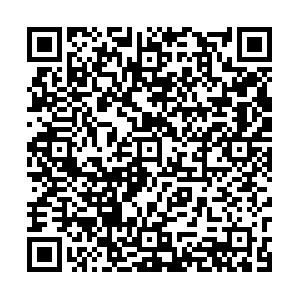-
Abstract
Periodic metal nanoarrays serving as cavities can support directional-tunable amplified spontaneous emission that goes beyond the diffraction limit due to the hybrid states of surface plasmons and Bloch surface waves. Most of these modes' interactions remain within the weak coupling regime, yet strong coupling is also anticipated to occur. In this work, we present an intriguing case of amplified spontaneous emission (ASE), amplified by the splitting upper polariton mode within a strong coupling system, stemming from a square lattice of plasmonic cone lattices (PCLs). The PCLs are fabricated using an anodized aluminum oxide membrane (AAO), which facilitates strong coupling between surface plasmons and Bloch surface wave modes, with the maximum Rabi splitting observed at 0.258 eV for the sample with an aspect ratio of 0.33. A 13.5-fold increase in amplified spontaneous emission is recorded when the emission from Nile Red coincides with this flat energy branch of upper polariton, which exhibits a high photon density of states. Reduced group velocity can prolong photon lifetime and boost the probability of light-matter interaction. The observed ASE phenomenon in this strong coupling plasmonic system widens the scope for applications in nanolasing and polariton lasing. -



 E-mail Alert
E-mail Alert RSS
RSS


